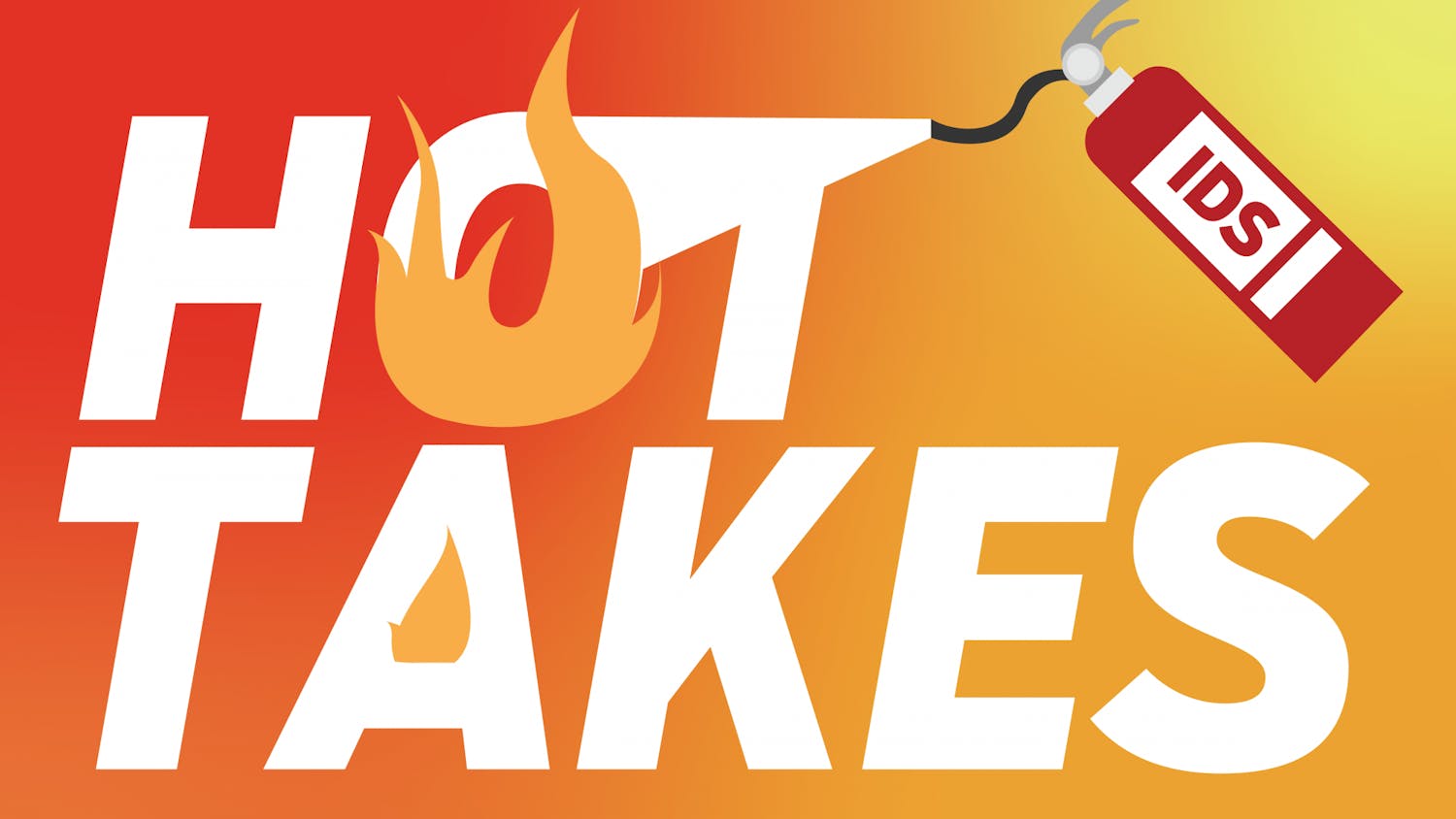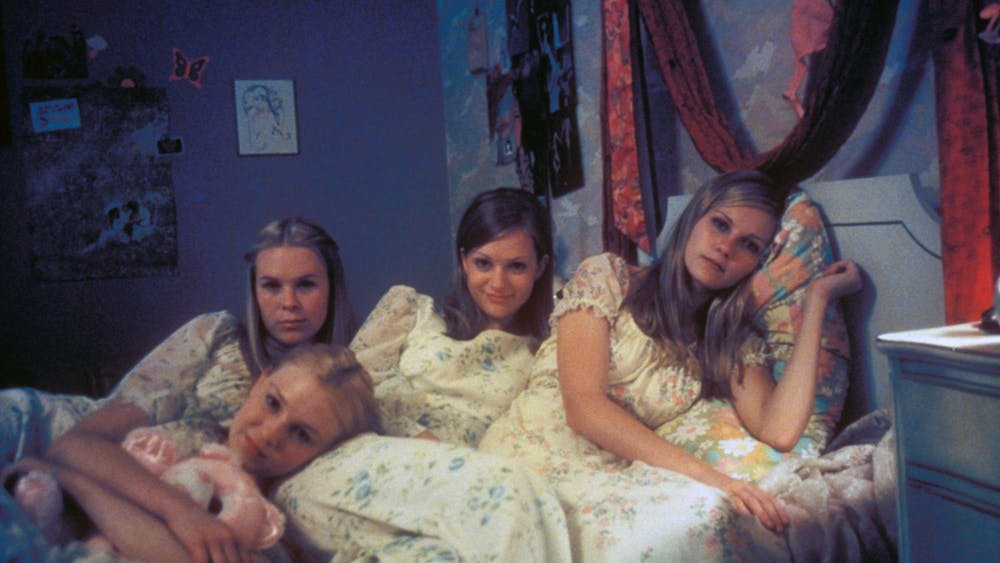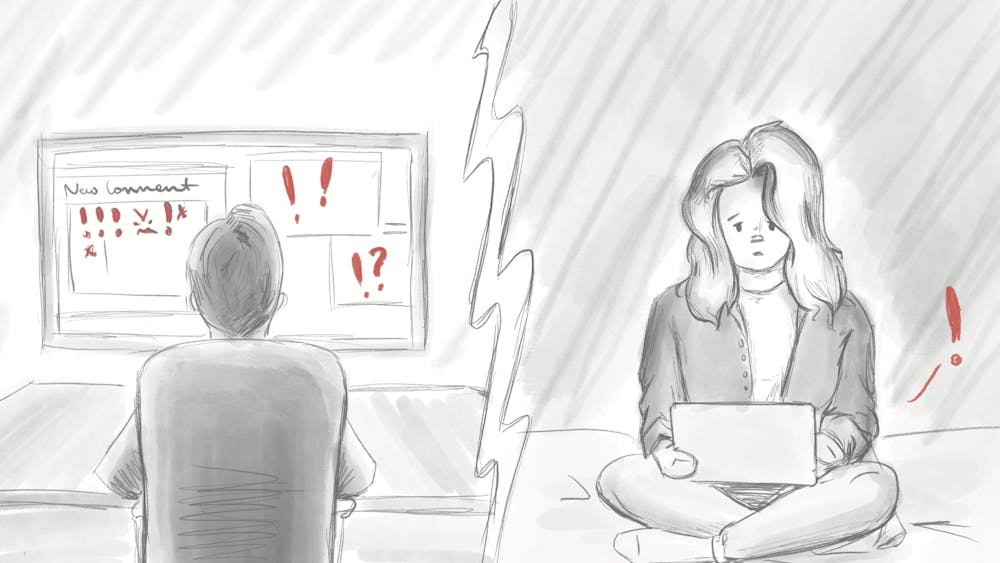The spread of “Internet art” or net.art has been a rising phenomena introducing numerous questions to the fine art world about what Internet art looks like and how it is bought or exhibited.
Alternatively, it has introduced questions for artists about how to make a living off of it.
Tumblr, YouTube, new hives, and more offer artists something deeply profound.
Internet artist Molly Soda visited Bloomington a few weeks ago, and spurred a lot of these research questions for me.
Soda lived in Bloomington for some time and much of her work is available on YouTube.
During a lecture at the Global International Studies Building she discussed how she was working to make a living.
Soda said she felt people really wanted a souvenir of her London debut solo show, so she sold USB flash drives of the show.
Many of the works she sold are still available online. Economic participation is an important transaction in the art world, both for collectors to enjoy capitalism and for artists to gain money for rent and food.
But when the art is nonmaterial, as with Internet art, is it worth as much? Jon Ippolito wrote an essential essay, “Ten Myths of Internet Art” for NY Digital Salon. Ippolito points out the Guggenheim has devoted significant resources to finding ways to archive Internet and web-based art.
Soda’s work also shows ways that allow for internet art to be exhibited in “real” spaces. Part of Internet art is an expansion in the way we think about art.
Soda’s exhibit at the Breezeway Gallery here at IU was entitled “Mutual Projections” and consisted of hundreds of printouts of texts she sent to a friend she had met at a party.
Through this piece we see Soda producing work that is not typically considered “gallery” and still treating it as such.
These printouts are not a “made” object per se, and they are digital in origin.
Internet art allows for a fluidity of medium that breaks down barriers in an aesthetic way.
Artists like Soda, Steve Roggenbuck, the Art Hoe Collective and Parker Ito create works that defy the concept of medium by freely mixing poetry, YouTube collage aesthetics, photography, painting, GIFs and more.
This freedom from medium allows for a powerful unanchored creation of worlds and art that brings us into the current moment in dynamic and unstable ways.
While it is not always art that is easy to buy into, these artists have all found various ways to stay afloat economically.
Patreon, a website where people can donate money to artists is used by Roggenbuck.
Both Roggenbuck and Soda as well as others have published zines for sale or chapbooks.
Some Internet artists have turned to publishing alt-lit zines or art zines and selling them as a way to pay rent and eat food.
Of course, Internet artists may make physical work, like paintings and photos, in addition to their nonmaterial work.
As a video artist who wants to experiment with the ways that we see art and how where we see art completely changes the context, it can be endlessly inspiring to ponder new ways of exhibiting work.
jkrathwo@indidana.edu
@lordjoshuabyron





